East Walton St Mary











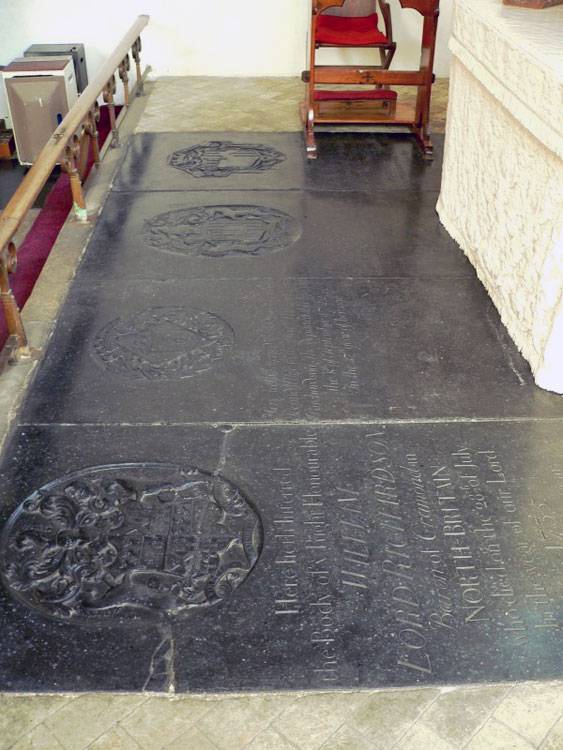
















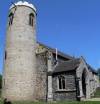

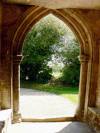

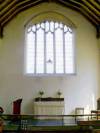

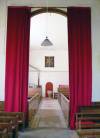

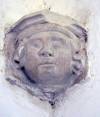
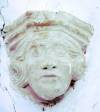
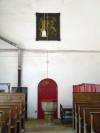





St Mary's Church East Walton
Where to find this church
Church Information
St Mary’s church is located in East Walton, a small rural Norfolk village about ten miles east of Kings Lynn.
This church is usually open to visitors
* denotes external links that open in a new window

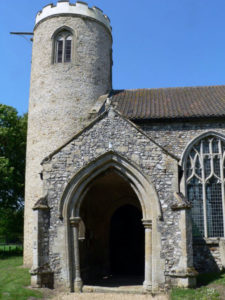
Visiting East Walton St Mary
St Mary’s church in East Walton sits in a very rural position, and even though we have been there already a couple of times, the quality of the photos is still below par, meaning we need to revisit this church again soon.
The nave of this church was built late 11/12th century, and about two hundred years later the tower and chancel were added, with both showing similar flint work. Then in the 15th century there was extensive rebuilding and the nave walls were raised to accommodate larger windows. The tower is built of mainly flints, but there are also pieces of carstone and ferricrete, and there is a 15th century parapet. Very visible in the tower wall are the former put-log holes, still framed with stone, but now blocked. These holes were used to hold the ends of the horizontal scaffolding poles used in the building work. After about every five or six feet of building, the scaffolding needed to be raised, necessitating another layer of holes for the ends of the poles.
The interior of the church, including the ceiling, was plastered in the 18th century, and the nave was filled with contemporary box pews. At the east end is the elevated 18th century three-decker pulpit. It has the lower desk for the clerk to read the responses, the middle deck for the Priest to take the service and the upper tier for the Priest to preach his sermon.
Also in the nave are the 14th century font with quatrefoils on the bowl, and a wheeled bier, dated 1890, to take the coffins from the homes to the church, and then to the graveside.
The large windows are filled with 18th century Flemish glass, letting in lots of light. The plastered ceiling partially covers the top of the chancel arch, but parts of its decoration of leaf carvings all round, can still be seen on both sides of the wall. This arch is now filled in and has a smaller 18th century wooden arch, now curtained so that the chancel can be used on its own, as a more manageable space. Along the nave walls below the level of the tops of the windows, are a series of corbels which supported an earlier roof.
In the chancel, above the priest’s doorway, is an elaborate carving of a Tudor rose set in a sexfoiled circle. There are also some fine ledger stones set in the floor, with detailed heraldry.
Conclusion: rural and simple church with some nice features


